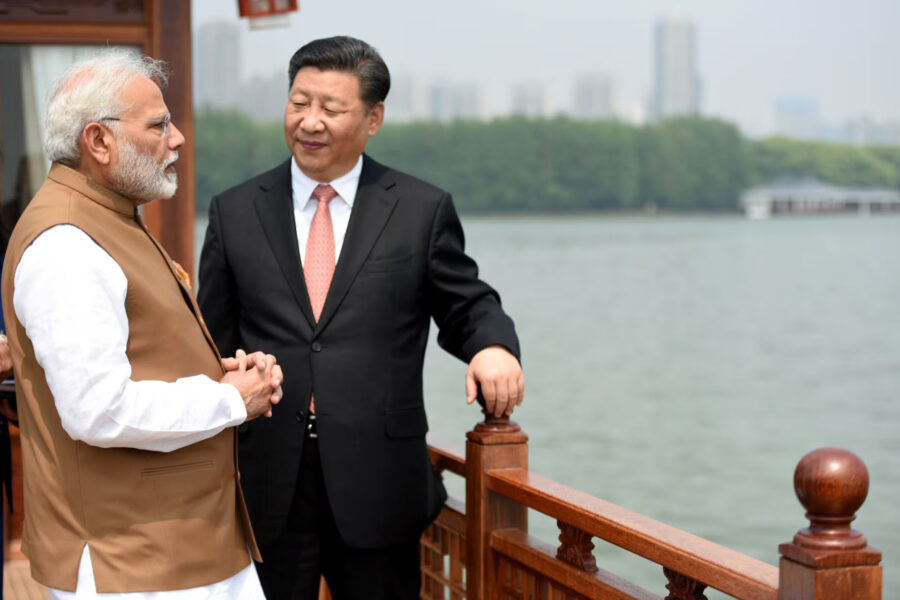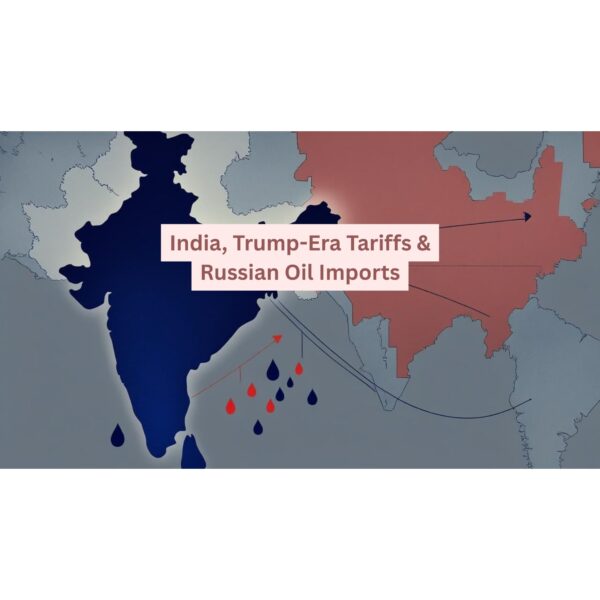Yala, Pattani, and Narathiwat are the southern provinces in Thailand that have been trapped in a low-intensity insurgency over the past twenty years. More than 7,000 lives have been taken as a result of the unrest, which has mainly been driven by ethnic and religious conflicts. However, there is a glimmer of hope now, the first in years, of a Thai government ceasefire agreement with the Barisan Revolusi Nasional (BRN), a main separatist group in Thailand.
This ceasefire is not yet permanent, but it can be the beginning of a new phase in a war that has already had a disproportionate amount of casualties and a minimal amount of meaningful negotiations. How about taking a look at what transpired, what this development means and the path that is not so clear?
The Roots of the Southern Thailand Conflict
The context behind Thailand ceasefire was rather crucial and needs to be traced back previously. The southern provinces that form part of the independent Malay sultanate of Patani became Thai by annexation more than a hundred years ago. The genealogy of Islam in the region is a Muslim-Malay majority, who are both culturally and linguistically different to the rest of Buddhist-majority Thailand.
The local people have been crying out for marginalization, religious oppression, and a lack of economic opportunities over the course of decades. All these complaints turned into an armed uprising in the early 2000s which was dominated by the BRN.
Negotiations have been sporadic and failed—almost until now.
What’s Different This Time?
Thailand ceasefire was negotiated through the mediation of Malaysia who have maintained a long record of playing within the conflict. In 2024, there was a meeting of the minds on both sides in a so-called confidence-building process, whose features included a reduction in the number of assaults, greater communication, and a more formalised dialogue.
Informants reveal that matters that were once unspoken are now being discussed in the most recent negotiations, including autonomy, cultural rights and locally controlled governance. The fact that no side has taken any major concessions can be seen as a breakthrough since they are at least discussing them openly.
This has forced the Thai government, led by Prime Minister Srettha Thavisin, to deal with instability in the country. The Thailand ceasefire is also viewed as a calculated step to restore the economy in the war-torn south and restore its international reputation.
How Long Will the Ceasefire Last?
That’s the biggest question.
The Thailand ceasefire is not written as a ceasefire but rather as a mutual understanding since early 2024. The violent incidents have so far reduced drastically and particularly when there are crucial religious moments such as Ramadan.
There is, however, a scepticism. The opponents of the ceasefire believe that it may be a tactical ceasefire, either to reorganise the insurgents or give a distraction to the international personnel by the government.
It will take time and need to involve some constitutional reforms and practical socio-economic changes, which are not simple amid polarised Thai politics.
Local Reactions: Hope, But Wary
On the ground, numerous people who live in Yala and Pattani remain cautiously optimistic.
“I haven’t heard a bomb in months,” a schoolteacher from Narathiwat, Farida, says. And yet I am not willing to send my children out in the night.
The Thailand ceasefire is also hoped by the community leaders to it should result in more than just a temporary stop of fighting. They desire education, health care and increases in employment opportunities, and these are elementary services that the region never had.
International Implications
The Thailand ceasefire has drawn interest beyond Southeast Asia. Neighbouring Malaysia has a vested interest due to cultural and familial ties to the Malay-Muslim population. Meanwhile, international observers like the UN and ASEAN are quietly encouraging peaceful resolution.
Moreover, a successful peace process in Thailand could serve as a model for resolving other ethnoreligious conflicts in the region.
The Road Ahead: From Pause to Peace?
No ceasefire is ever a guarantee of peace. However, the current Thailand ceasefire offers a rare opportunity to end a conflict that has scarred generations.
Both the government and BRN will need to resist hardline voices within their ranks and commit to gradual, mutual trust-building. Transparency, local participation, and international mediation will be crucial.
Most importantly, the voices of the people—teachers, farmers, youth—must be heard. For too long, they’ve borne the brunt of a war they didn’t choose. The Thailand ceasefire could be their first step toward healing.
Final Thoughts
While the situation remains delicate, this moment should not be overlooked. Ceasefires can either be brief pauses or the beginning of real peace. In the case of Thailand, it’s still unclear which path will emerge. But the current Thailand ceasefire gives a nation and its forgotten southern provinces something they haven’t had in years—hope.





